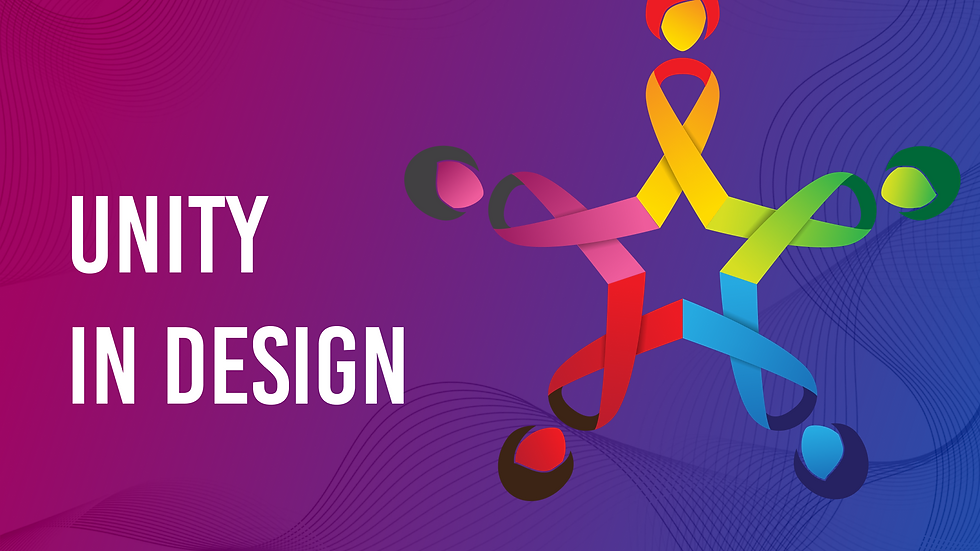Embracing Simplicity: The Timeless Elegance of Minimalist Design
- Rohit Kumar Verma
- Apr 7, 2024
- 2 min read
In a world often characterized by complexity, chaos, and an overload of information, simplicity stands out as a beacon of clarity and elegance. Whether in art, architecture, technology, or everyday life, the principle of simplicity in design has enduring appeal and profound impact. In this blog post, we'll explore the essence of simplicity in design, its benefits, and how it continues to shape our world.

The Beauty of Minimalism
Minimalism is not merely a design trend; it's a philosophy that celebrates the essence by stripping away the unnecessary. At its core, minimalist design aims to achieve more with less, focusing on clean lines, simple forms, and a sense of spaciousness. This simplicity allows the true essence of the design to shine through, creating an aesthetic that is both timeless and universally appealing.
Clarity and Functionality
Simplicity in design fosters clarity and enhances functionality. By eliminating clutter and extraneous elements, designers can direct attention to the essential aspects of a product or space. This clarity not only enhances the user experience but also improves usability and efficiency. Whether it's a sleek smartphone interface or a minimalist furniture piece, simplicity ensures that users can easily navigate and interact with the design without distractions.
Emotional Impact
The power of simplicity extends beyond mere aesthetics; it can evoke profound emotional responses. Minimalist designs often exude a sense of calm, balance, and serenity, creating spaces and products that resonate with people on a deeper level. The understated elegance of a minimalist interior or the simplicity of a well-designed logo can evoke feelings of sophistication, sophistication, and even inspire a sense of awe.
Sustainability and Resource Efficiency
In an age where sustainability is increasingly important, simplicity in design can play a crucial role. By prioritizing essential elements and reducing material waste, minimalist design promotes resource efficiency and environmental sustainability. Whether it's designing eco-friendly products with minimal packaging or creating energy-efficient buildings with streamlined architecture, simplicity can help minimize our ecological footprint and pave the way for a more sustainable future.
Timeless Appeal
One of the most remarkable aspects of simplicity in design is its timeless appeal. While design trends may come and go, minimalist design remains enduringly relevant. Its clean lines and understated elegance transcend fleeting fads, making it a classic choice for designers across various disciplines. From the iconic simplicity of Apple products to the timeless designs of mid-century modern furniture, simplicity continues to shape our aesthetic preferences and inspire innovation.

Conclusion
In a world filled with complexity and noise, simplicity in design offers a welcome respite—a breath of fresh air that cuts through the clutter and resonates with our innate desire for clarity and beauty. Whether it's creating functional user interfaces, sustainable architecture, or minimalist artworks, simplicity has the power to transform our world for the better. As we embrace the elegance of minimalism, let us strive to design with purpose, clarity, and a deep appreciation for the beauty of simplicity.



Comments